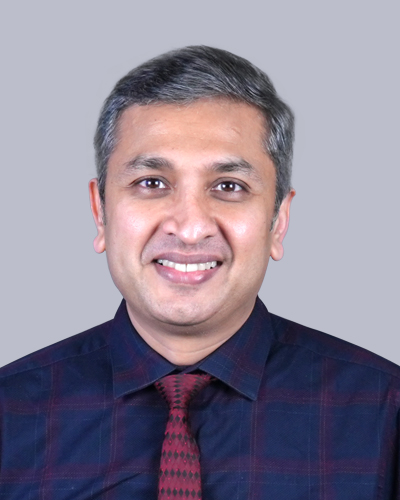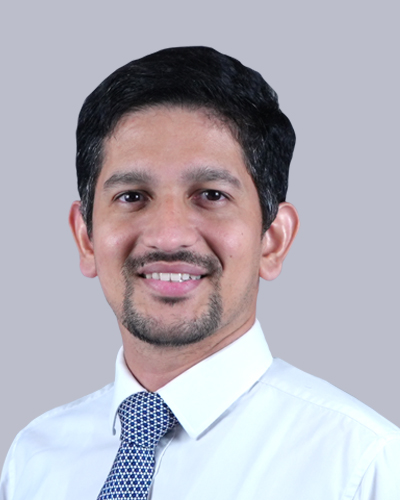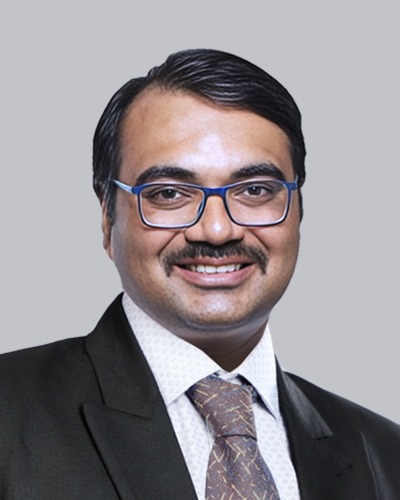What is Cleft lip/ palate?
A cleft lip and cleft palate are congenital conditions where there are splits or openings in the upper lip and/or the roof of the mouth (palate). A cleft lip can appear as a small notch or extend all the way into the nose, occurring unilaterally (one side) or bilaterally (both sides). Meanwhile, a cleft palate involves a gap in the roof of the mouth, ranging from a small opening to a larger separation that can extend into the nasal cavity. These conditions result from incomplete fusion of facial tissues during fetal development, influenced by genetic and environmental factors. Beyond their cosmetic impact, cleft lip and palate can affect feeding, speech development, dental alignment, and ear infections due to abnormal airflow through the palate. Treatment typically involves surgical repair, often in stages starting in infancy, to close the openings and restore normal function and appearance. Multidisciplinary care, including speech therapy and dental interventions, is essential for comprehensive management and optimal outcomes for affected individuals.
Why and when is cleft lip / palate treatment recommended?
Cleft lip and cleft palate occur due to a failure of facial tissues to fuse properly during fetal development, typically within the first trimester of pregnancy. The exact causes are often not fully understood but can involve genetic predisposition, environmental factors, or a combination of both. These conditions affect approximately 1 in 700 births worldwide and can vary in severity, from a small notch in the lip to a complete cleft that extends into the nose or palate.
The primary reasons for addressing cleft lip and palate surgically are to improve feeding, speech development, dental alignment, and overall facial aesthetics. Early intervention is crucial to prevent complications such as feeding difficulties and ear infections, as well as to support normal speech and psychological development as the child grows. Surgery to repair cleft lip is typically performed around 3 to 6 months of age, while cleft palate repair is usually done between 9 and 18 months. Additional surgeries or treatments may be needed as the child grows to address ongoing issues with speech, dental alignment, or facial symmetry. Multidisciplinary care involving plastic surgeons, pediatricians, speech therapists, dentists, and psychologists is essential to provide comprehensive management and support for children and families affected by cleft lip and palate.
How is cleft lip/ palate treatment different from other treatments?
Cleft lip and cleft palate differ from other treatments primarily due to their congenital nature requiring surgical intervention for correction. These conditions involve structural defects in the upper lip and/or roof of the mouth that typically cannot be resolved through non-surgical means alone. Surgical repair is essential to close the openings and restore normal function, including feeding, speech development, and dental alignment. Unlike non-surgical treatments which may focus on managing symptoms or enhancing appearance temporarily, cleft lip and palate surgeries are performed in stages early in infancy to facilitate optimal growth and development. Multidisciplinary care involving plastic surgeons, pediatricians, speech therapists, orthodontists, and psychologists ensures comprehensive management and support throughout the child's life. The goal of surgical treatment is to provide long-term improvements in both functional outcomes and facial aesthetics, addressing the underlying anatomical defects for improved quality of life.
How is life after cleft lip/ palate surgery?
Life after cleft lip and palate surgery typically brings significant improvements in both function and appearance. Surgical repair aims to close the clefts in the lip and/or palate, allowing for better feeding, speech development, and dental alignment. Many individuals experience enhanced ability to eat, drink, and communicate clearly, which can positively impact daily activities and social interactions. The surgeries also aim to improve facial aesthetics, providing a more natural appearance and boosting self-esteem. However, ongoing multidisciplinary care is often necessary, involving regular follow-ups with specialists such as plastic surgeons, pediatricians, speech therapists, and orthodontists to monitor growth, address any residual issues, and support long-term dental and speech needs. Psychosocial support is also important, as individuals and families may benefit from counseling and support groups to navigate the emotional aspects of living with a cleft lip and palate. Overall, with proper care and support, many individuals lead fulfilling lives after cleft lip and palate surgery, enjoying improved function, appearance, and overall well-being.
Our Doctors
We have some of the best specialists from around the world, they bring years of experience and offer evidence-based treatment to ensure the best care for you.
FAQs
At Aster Hospitals we provide the highest quality of care and a transformative experience for all your healthcare needs. With our network of multi-speciality hospitals, specialised doctors, and world-class technology, we bring global standards of medical care to our patients.
How are cleft lip and palate treated?
Treatment typically involves surgical repair, performed in stages starting in infancy to close the openings and reconstruct the affected areas. Additional surgeries may be needed as the child grows to address speech and dental issues. Speech therapy, dental care, and ongoing medical evaluations are also part of comprehensive treatment.
What are the long-term outcomes after surgery?
Surgical repair aims to improve feeding, speech clarity, dental development, and facial appearance. With proper care and follow-up, many individuals achieve excellent functional and aesthetic outcomes, leading to improved quality of life.
At what age are surgeries for cleft lip and palate performed?
Surgery for cleft lip is often performed around 3 to 6 months of age, while cleft palate repair is usually done between 9 and 18 months. Timing may vary depending on the individual's health and the severity of the cleft.
What ongoing care is needed after surgery?
Ongoing multidisciplinary care is essential, including regular follow-ups with plastic surgeons, pediatricians, speech therapists, orthodontists, and psychologists. Monitoring growth, addressing any residual issues, and supporting long-term dental and speech needs are critical aspects of post-operative care.








